If you love to cook, chances are you love the creativity, the romanticism, the poetry of it all — dicing and pouring, stirring and dancing your way through the kitchen as delicious smells waft through the air, encircling you in flirtatious notes of the meal to come. You sip your wine, swaying along with a little Sinatra as your kitchen becomes an art studio, you holding all the creativity in the slice of your blade, the crush of your spices.
Thinking about food safety sort of jolts you out of the delicious drama of it all, but nevertheless, it’s a crucial part of the artistry. The nuts and bolts of the canvas upon which to create your masterpiece. Mundane, yes. But hugely important.
So before you uncork the wine or peel the garlic, these are the most important food safety rules you should know.
Wash your hands
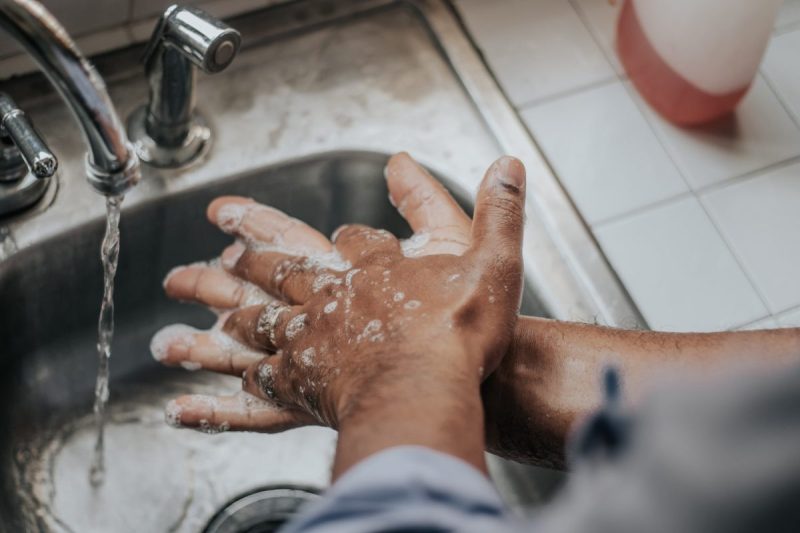
This one isn’t exactly a well-kept secret. And after Covid, we all probably know the little tips and tricks to make this whole hand-washing thing more fun. Things like singing the Happy Birthday song twice through and using the warmest water you can handle with a good anti-bacterial soap are good tips. Our hands do gross things every day. Don’t transfer that onto your food.
Wash your produce
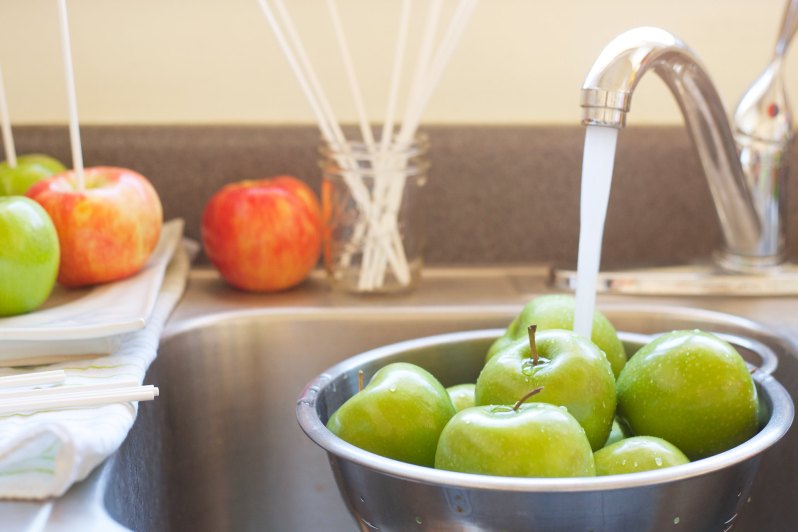
This is especially true of ingredients that grow in the ground and tend to be a bit dirtier, such as carrots or potatoes. But between all of the pesticides, bug droppings, and countless hands that have pinched and fondled all the grocery store produce before you, giving it a wash before eating is the right move.
Don’t wash your meats
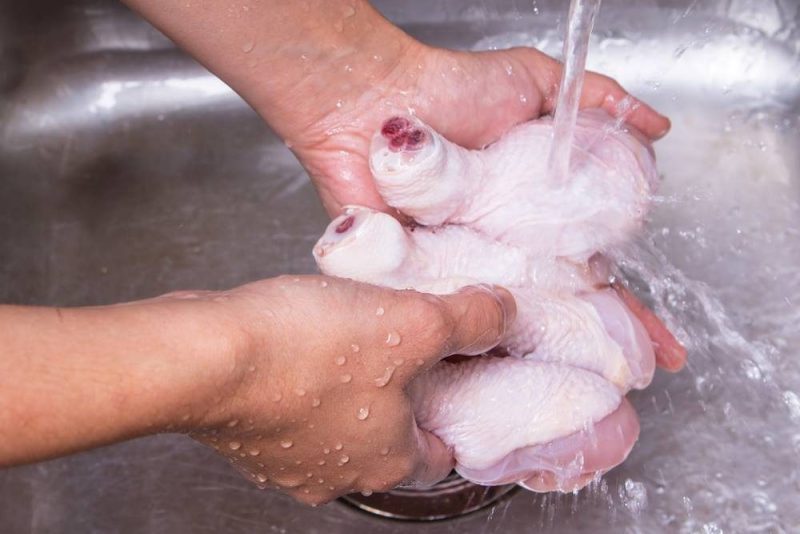
There’s still some debate circling this one, and we get it. With all the washing and rinsing and germ-avoiding in the kitchen, it seems like giving your proteins a quick rinse couldn’t hurt. The truth is, though, it can. The general (incorrect) idea is that by rinsing your meats, you’re getting rid of any surface bacteria before cooking. The thing is, though, that bacteria will be cooked off in the oven, stove, or grill, so it’s a pretty needless extra step. It’s also a potentially dangerous one because that bacteria can splash onto another surface, such as your faucet or anything else you have near the sink. So you’re actually doing more harm than good with this one.
Avoid cross-contamination
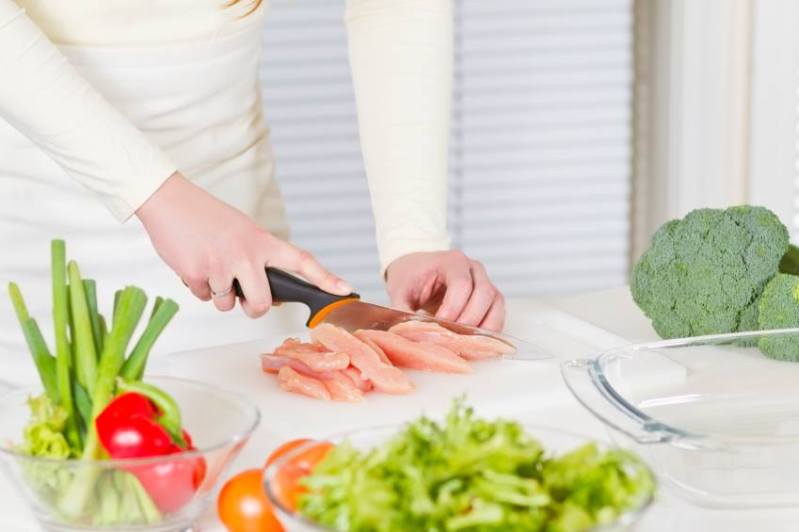
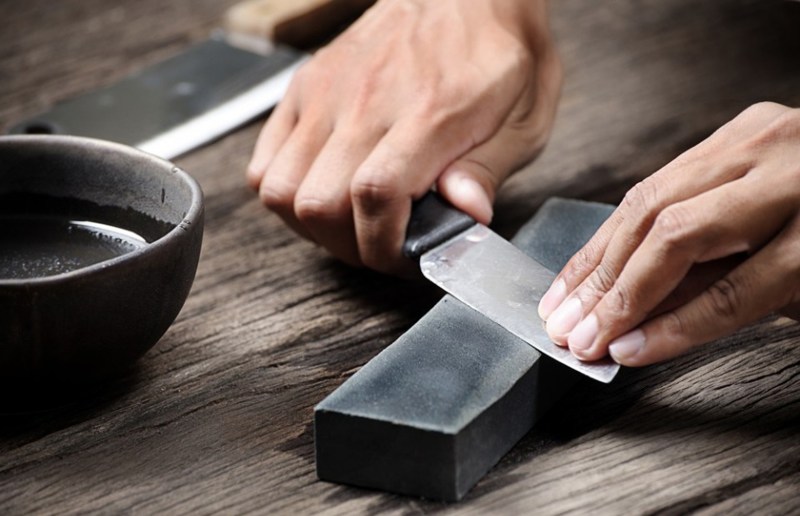
It may sound counterintuitive, but a sharper knife is a safer knife. If your blade is dull, you’ll end up putting more pressure down on the knife, which could lead to slipping and sliding and slicing the wrong ingredient — your fingers — with double the pressure. Ouch.
With a neatly sharpened, crisp blade, you’ll be able to delicately hold and slice through the ingredients you’re actually trying to prepare, avoiding a trip to the emergency room.
Master “the claw”

This grip, appropriately named “the claw,” is the first thing they teach you in culinary school and the most important cooking tip you’ll learn. The claw is simply the proper way of gripping the ingredient you’re cutting into with the hand that isn’t holding the knife. It’s also the way chefs are able to chop their ingredients at super speed without even looking at the cutting board. No, it’s not magic. It’s “the claw.”
As seen in the photo above, the fingertips are slightly tucked, with the knife resting against the knuckles. This ensures that the blade will not touch the fingertips and lets you feel exactly where the knife is at all times. With this stance in place, chop backward toward your clawed hand, moving the claw back with the knife’s motions.
It might be tricky to get the hang of, but, once mastered, you, too, can impress your friends and family with your super speedy chopping skills.
Cook food to the proper temperatures
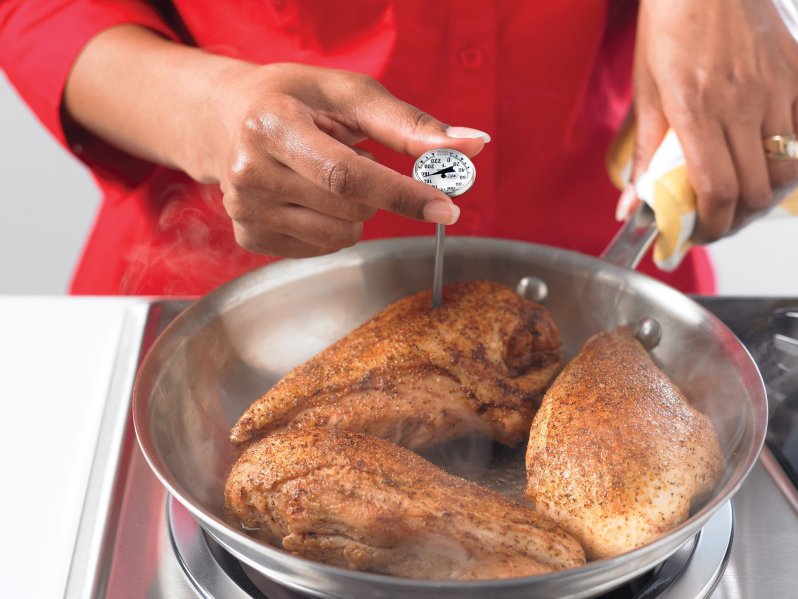
According to the FDA, the following are the temperatures at which these common ingredients should be cooked:
165°F
- Poultry
- Stuffed meats and pasta dishes
- Leftovers
160°F
- Ground meat (except ground poultry, which should be cooked to 165)
- Seafood
- Eggs
145°F
- Beef
- Pork
- Veal
- Lamb
As for fish, the FDA declares it safe when it flakes easily with a fork.
Serve foods at the right temperatures
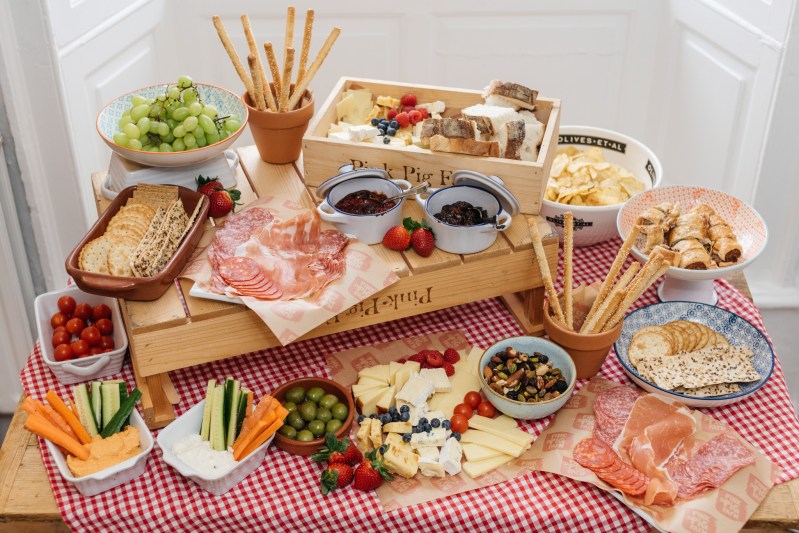
If you happen to be hosting a party, and have prepared a beautiful spread full of gorgeously delicious foods, be sure that you’re not keeping that lovely food in the “temperature danger zone” for too long.
The danger zone refers to the range between 40F and 140F where bacteria easily and readily grows on food. Outside of this temperature range, bacterial spread decreases significantly. ServSafe says that ready-to-eat foods can stay in the temperature danger zone for up to four hours, but after that, must be tossed.
Chill leftovers right away
Leaving food out for too long in the danger zone is one of the biggest causes of foodborne illness, so it’s important to chill your leftovers as soon as mealtime is over. Putting your food in the fridge within two hours is the best way to keep your leftovers and your stomach happy.
When in doubt, toss is out
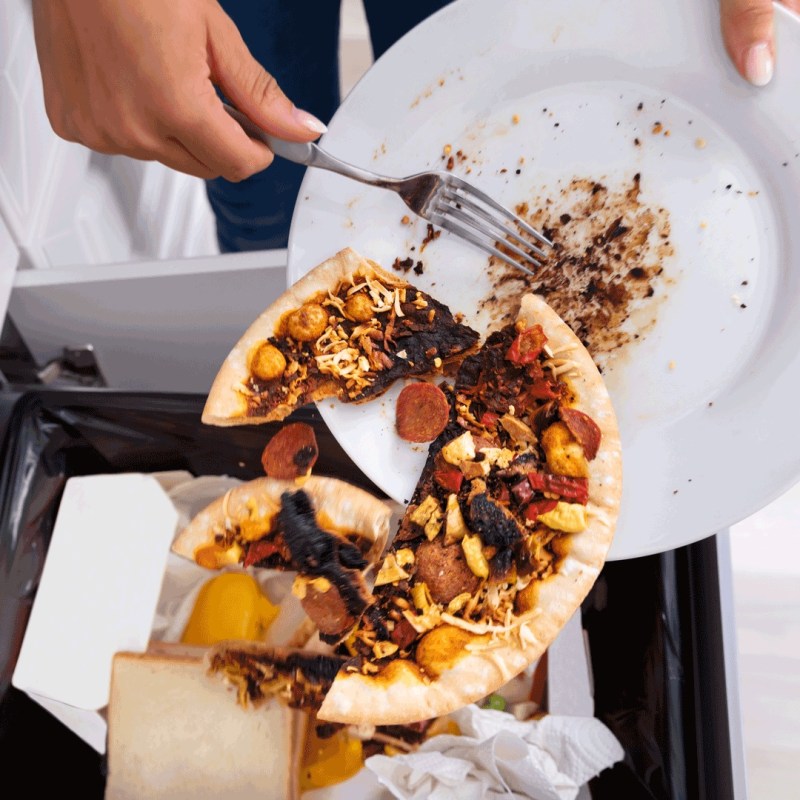
Debates about expiration, sell-by, and enjoy-by dates aside, how long will cooked food last in your refrigerator?
The rule of thumb is technically seven days for leftover survival. But even that number seems a little excessive to us. Depending on what you’ve got in that Tupperware container, it’s probably time to toss it around day three or four. Chilling prepared food certainly slows bacterial growth, but it doesn’t stop it altogether, and after a few days, you’re entering into the danger zone. It’s best just to toss it if you’re even slightly suspicious. If date night’s leftovers were really that good, you’d have eaten them for breakfast the next day. Get rid of them.
Editors' Recommendations
- Is honey a superfood? Here are 10 reasons we think so
- 11 foods high in gluten to avoid on a gluten-free diet
- The chromium benefits you should know about (and the best food sources for you)
- You’ve probably never grilled these 10 foods…but you should
- Yes, you should be preheating an air fryer — here’s why





